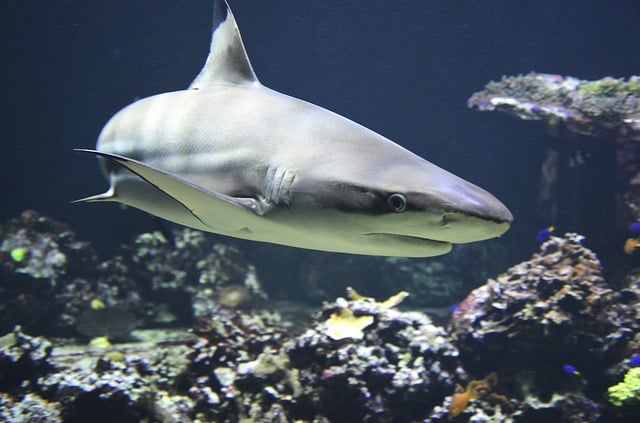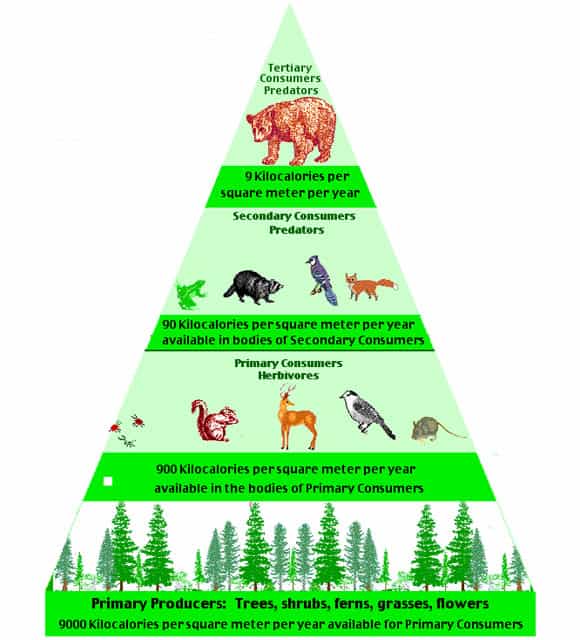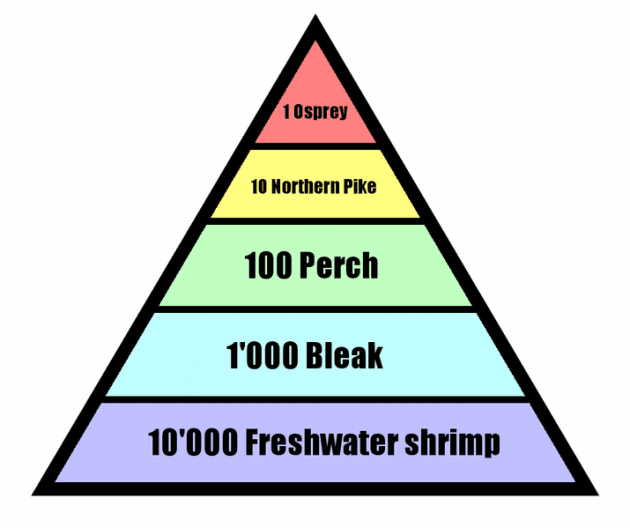What are the Keystone Species? Importance and Examples of 15 Keystone Species in Their Environments

In Ecology, any species, big or small, usually tend to have a huge impact on the community in which it exists. Species that essentially help to maintain the biodiversity of a community by controlling the population of other species, or otherwise controlling the environment for another species are generally known as keystone species.
The term keystone species was coined by the American zoologist Robert T. Paine in 1969.
Importance of Keystone Species
Keystone species are significant in many ways. Here are some of them:
- Keystone species are an integral part of their ecosystem.
- Some species have a disproportionately larger effect in the system while maintaining a critical role in the structure of a specific habitat.
- Their existence is very critical for the ecosystem, as they can affect, directly or indirectly, other organisms.
- They directly help in maintaining a type and number of species in the ecosystem.
15 Keystone Species in their Environments
Let’s now try to understand the subject better by citing examples of 15 most prominent keystone species in their environment.
1. Shark
Sharks are a type of keystone species in the marine ecosystem. They are predators and live on all types of fishes, small or big. Thus, the chances of getting disease-affected by the weak fishes diminish a lot, while the shark is preying on them. Moreover, the limited availability of seaweeds and marine food reserves makes it difficult for all the species to survive. Thus, the presence of sharks is important.
2. Sea Otter
Sea Otter is a mammal found in the North Pacific Ocean, which preys on sea urchins. Sea urchins feed on kelp, a type of seaweed which is the primary source of food for living organisms like snails, crab, and geese. Kelp directly helps in mitigating climate change by absorbing carbon dioxide. So, by feeding in sea urchins, sea otter actually helps in maintaining the ecosystem, thereby helping other animals to feed on kelp.
3. Snowshoe Hare
Snowshoe Hares are a species found in the Canadian Boreal forest. They are the prey for a lot of predators, carnivores who thrive in the forest. If the number of snowshoe hare decreases, that would have a direct impact on the number of predators in the ecosystem. Since the presence of snowshoe hare determines the thriving of predators in the ecosystem, it’s an important keystone species.
4. African Elephant
African Elephant is considered the biggest mammal on earth. They feed on trees and young saplings of the savannah grasslands. Now, they have a destructive impact on the trees they live on. However, it also helps in maintaining the number of trees in the grassland, which would have otherwise turned into woodlands.
Rodents and mice also depend on the grassland. The elephants are a major type of keystone species as they help control the savannah grassland by consuming trees. It, therefore, allows the myriad of herbivores to enable grazing.
5. Prairie Dog
Prairie Dogs are rodents found in the grasslands of North America. They are generally prey to carnivores, eagles, and wolves. Without the prairie dogs having reproduced at a faster rate, the predators would not have survived the way they do.
Moreover, these prairie dogs are experts in making burrow, thereby allowing space in between the grasses and trimming the possibility of water loss. Therefore, prairie dogs are a type of keystone species.
6. Wildebeest
Wildebeests are a type of herbivore found in the African savannah grasslands which feed on grass mainly. Now, the more they graze, the more they allow the grasses to grow as their saliva enhances the growth of grasses. Wildebeest is the easiest prey to lions, cheetah, and leopards as they are slow runners.
So, they are a keystone species in the ecosystem since, without their increasing population, the carnivores would have been extinct. Moreover, they also help in the production of new grasses.
7. Deer
Deers are widely found in the Sunderban area of West Bengal, India. They are herbivores, feeding on the variety of leaves grown in the trees there. Also, they are easy prey to the tigers, which is the main predator of the area. Now, since they reproduce fast, they are helping to maintain the number of tigers, as they are the primary prey for the wild cats.
If the number of deers diminishes, the number of tigers will also widely shrink, which was actually the main reason behind the radical reduction of the number of tigers. Hence, they are the keystone species.
8. Starfish
Starfish is a predator that feeds on mussels in the deepwater, thereby maintaining the ecosystem. Mussels, on the other hand, grow on the rocky terrain inside water, which decreases the chances of other species that grow on the same surface. Thus, starfish is the keystone species for the ecosystem else, mussels would have outnumbered other species.
9. Gray Wolf
Grey Wolves are found in the Greater Yellow Ecosystem or the GYE. This ecosystem has vast forests, meadows, and mountains and a lot of prey like elk, birds, and rabbits. Since the number of herbivores is large, there’s always a competition of grazing land.
If the gray wolves had not been there, the number of herbivores would have easily outnumbered the source of food. Thus, the US government encourages the population of gray wolves, which is the major keystone species in maintaining the ecological balance in the Greater Yellow Ecosystem.
10. Grizzly Bear
Grizzly Bears feed on salmon, which again feeds on the seaweeds. If the number of salmon increases, there can be a shortage in the number of seaweeds, which can make life difficult for other fishes which primarily feed on seaweed. Bear also serves the purpose of gardening.
They take their spoils deep into the forest where the carcasses of fishes are thrown, thereby helping the soil in fertilizing. Grizzly bears are known for digging up roots, which again helps in aeration of soil and humus formation.
11. Hummingbird
Hummingbirds are agents of pollination. They are responsible for the pollination and growth of a number of plants. In case the number of hummingbirds from the ecosystem decreases, some plant species must have faded out that are specifically pollinated by hummingbirds.
Thus, hummingbirds act as keystone species as, without its presence, certain plants would have totally wiped out, thereby reducing the food intake of some herbivores in the ecosystem.
12. Cat
In the domestic environment, cats are considered the most common predators to mice. In fact, mice have rapid reproduction ability, and without the cats preying them, their population would have outnumbered even the residents of the domicile. Like mice, other small animals like moles, rodents depend on decaying food. So, by eating mice, cats are actually helping the ecosystem serving as the keystone species.
13. Saguaro Cactus
Saguaro Cactus acts as the main vegetation in the desert. The leaves, stem, and its special formation help in nesting requirements of larger birds like hawks and smaller birds like woodpeckers. The fruits also help to feed the birds during the drier parts of the year. Thus Saguaro Cactus serves as a keystone species.
14. Fig Plant
Fig Plant has a special place in the ecosystem. The fig leaves are edible to animals, but the fruits are the most sought after which provides food to birds during the drier parts of the year. Without the fig plant, a considerable portion of animals and birds would have been disappeared. Thus, fig plants are considered to be a keystone species in the ecosystem.
15. Beaver
Beavers are a type of animal which is hunted not only for fur, but they also have destructive forces on waterways. They create dams and thereby produce alternate habitat where fishes like salmon can exist. Besides, Beavers help create wetlands in areas without water reservoirs. Therefore, beaver acts as a keystone species for the ecosystem, as without their presence, some animals would have dwindled.
Resources:
https://www.britannica.com/science/keystone-species
https://frontier.ac.uk/blog/2017/11/23/the-importance-of-keystone-species







